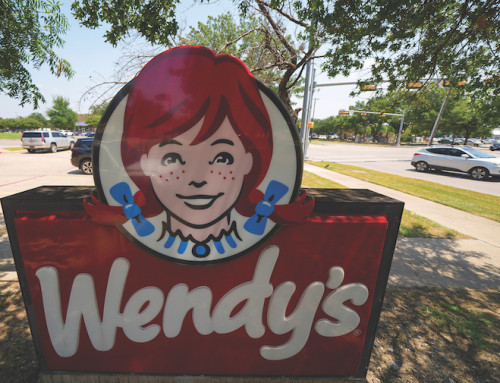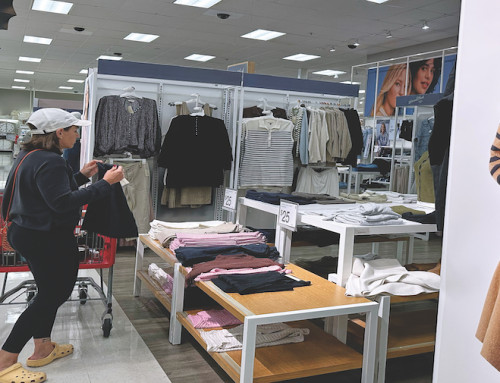A Republican duo at the Ohio Statehouse this week laid out a plan to repeal an unpopular business tax that fewer than 20 years ago was celebrated for simplifying the state’s business tax structure.
Reps. Jennifer Gross of West Chester and Riordan McClain of Upper Sandusky, have proposed a five-year phase out of the commercial activity tax to provide relief to businesses still suffering from the effects COVID-19 shutdowns and restrictions.
“The CAT is a ‘pyramiding tax’ that raises the price of goods at every stage of their production, forcing Ohio consumers to pay artificially high prices at checkout,” Gross said during testimony at a House Ways and Means Committee hearing.
She said although the current 0.26 percent CAT is deceptively low, the tax’s economic impact is closer to a 7 percent to 10 percent corporate income tax rate, making it “one of the highest effective corporate taxes in the country.
“The CAT inflicts the most economic damage on businesses with low profit margins while contributing less than 7 percent of the state’s tax revenue and 3 percent of the budget,” she added.
Only one of nine states to employ such a tax, Ohio’s tax is imposed annually on businesses based on gross receipts from business productivity. Businesses with Ohio taxable gross receipts of $150,000 or more per calendar year must register for the tax.
House Bill 234 would reduce the CAT during the course of a five-year period by implementing a reduction by 20 percent each year until it is completely repealed, Gross explained.
McClain, HB 243’s joint sponsor, defined the term “pyramiding” to his House peers.
“Tax pyramiding is when taxation is repeated at multiple points within a production chain which ultimately results in excessively high rates on products involving multiple companies along the production path and lower rates on products produced with limited production stages or entirely in-house,” he said.
The lawmaker said the appeal of such a tax scheme is the rate is low and it can be spread broadly across all types of businesses.
“But, as we’ve experienced in years since 2005, the actual effect on businesses has been very different,” McClain continued. “Any gross receipt-based tax policy inherently creates disparate effective tax rates for businesses and industries. It doesn’t rely on net-profit margin or even profitability at all.
“The effect of this is reflected in Ohio by the creation of many exclusions or ‘carve-outs’ since 2005 as we’ve realized the CAT simply doesn’t work for some Ohio-based operations or industries. We are up to (No.) 42 on the growing list.”
The phase out would begin next year, pending the bill’s approval.
According to analysis by the Ohio Legislative Service Commission, commercial activity tax liability would be calculated at the following phase-out rates: 80 percent for calendar year 2022; 60 percent for 2023; 40 percent for 2024; 20 percent for 2025.
Under current law, 85 percent of commercial activity tax revenue, after deductions for the costs of administering the tax, is credited to the General Revenue Fund, 13 percent is credited to the School District Property Tax Replacement Fund and two percent is credited to the Local Government Property Tax Replacement Fund, the commission’s analysis provided.
“The net effect of the CAT repeal is that the GRF will bear the total cost of making TPP replacement payments, instead of all or part of that cost being paid directly from CAT receipts,” attorney Michael Hinel wrote for the commission.
HB 234, which enjoys co-sponsor support of 13 fellow House members, awaits further consideration by the committee.








